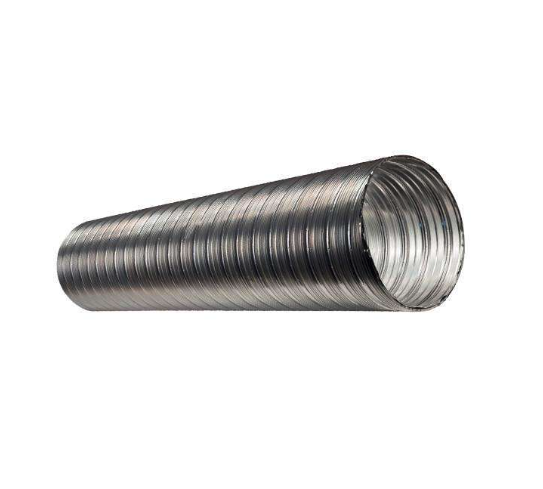What's a Flue Liner and Do I Need One? | Stove Supermarket

A flue liner, also known as a chimney liner, is a protective channel that is installed inside a chimney to improve its safety, efficiency, and functionality. Chimneys are used to vent combustion gases, smoke, and other byproducts of combustion from fireplaces, stoves, furnaces, and other heating appliances. A flue liner serves several important purposes:
Safety
A flue liner prevents heat and combustion by-products from transferring to the surrounding structure, reducing the risk of chimney fires and safeguarding your home from potential fire hazards.
Draft improvement
A properly sized flue liner maintains a consistent draught, essential for efficient combustion and venting exhaust gases from appliances like fireplaces or stoves.
Condensation prevention
Sometimes, combustion gases cool and create condensation within the chimney, leading to masonry deterioration. A flue liner's smoother, less porous surface helps prevent this by providing a passage for gases.
Efficiency
By ensuring proper venting, a flue liner boosts heating appliance efficiency, resulting in better performance and reduced fuel consumption.
Easy cleaning
Compared to rough masonry surfaces, a smooth flue liner is easier to clean. It minimises creosote buildup—a wood burning by-product—lowering the risk of chimney fires.
Do I need one?
Flue liners are recommended and often required for various types of heating appliances and chimneys. The decision to install a flue liner depends on factors such
as the type of heating appliance, the fuel being burned, and the condition of the existing chimney. Here are some situations where a flue liner might be needed:
Wood-Burning Stoves: Wood-burning appliances produce a significant amount of creosote and can lead to the rapid accumulation of deposits on the chimney walls. A flue liner can protect the chimney from the corrosive and flammable effects of creosote.
Gas and Oil Stoves: Even though natural gas and oil produce fewer creosote and other byproducts compared to wood, they still emit acidic gases that can corrode the chimney lining. A flue liner can help prevent this corrosion.
Upgrading Appliances: When switching from one type of fuel to another (e.g., from wood to gas), the existing chimney might not be appropriately sized or designed for the new appliance. Installing a flue liner can help align the chimney with the new requirements.
Most importantly, it is important that if you aren’t sure, consult the experts. The team at Stove Supermarket is on hand to help you make this key decision. Simply visit the contact us page and get in touch! Take a look at our range of different Flue Liners at Stove Supermarket here.
- Carl Smith









